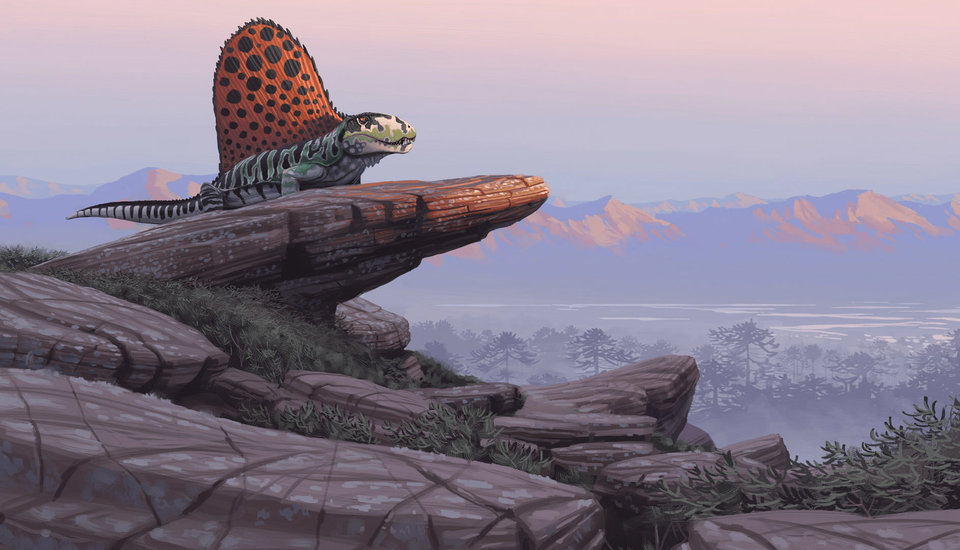Prehistoric Rainforest Collapse Dramatically Changed the Course of Evolution

The collapse of rainforests during the Carboniferous period 300 million years ago triggered great changes in the evolutionary paths of plants and animals.
Although the present level of human-caused deforestation is unprecedented, this is not the first time that rainforests have dramatically shrunk in size. Tropical rainforests collapsed around 307 million years ago, toward the end of the Carboniferous period (359–299 million years ago).
New research on this prehistoric rainforest collapse, published in the journal Proceedings of the Royal Society B, finds that it forever changed the course of evolution for terrestrial species, with effects still felt today.
"There have been several studies over the last 40 years on how diversity has changed through time, but it is only in the last few years that researchers have begun to acknowledge the limitations of fossil data," lead author Emma Dunne of the University of Birmingham told Seeker.
She added, "Newly developed methods have been allowing researchers to look for genuine patterns of diversity amongst this patchy fossil data, and we thought it was time to look more closely at diversity patterns of the first vertebrates to live on land."
A key source of information for Dunne and her colleagues is the ever-growing Paleobiology Database, which is the largest international collaborative project among paleontologists all over the world. It has already supported more than 300 papers and is being used now more than ever by scientists.
Throughout her work on the new study, Dunne actually updated, and added to, the database's information on early tetrapods: vertebrates with two pairs of limbs, including those that lost one or both pairs over evolutionary time, such as whales and snakes.
Around 310 million years ago, before the early rainforest collapse, North America and Europe were part of a single landmass located at the equator. There, dense tropical rainforests flourished. This was at a time before the first dinosaurs and mammals evolved.
The ample vegetation and warm, humid climate supported amphibian-like early tetrapods, which quickly diversified into many different species. Giant dragonflies, millipedes, the first amniotes — egg-producing animals that lay them on land or within the mother — and even early cockroaches were also around then.
But the tropical paradise began to change.
"Carbon dioxide levels dropped in the late Carboniferous, and this led to the cooling and drying of the climate," Dunne explained.

The event proved to be catastrophic to plants, and rainforests began to disappear. What happened to animals has been debated for many decades.
A prevailing theory has been that tetrapod diversity reduced markedly before endemism occurred. Endemism refers to species evolving in defined geographic locations, such as on an island, in a particular country, or in some other defined zone. In short, the species are basically confined to a certain place where they evolve to live.
Source: www.seeker.com








